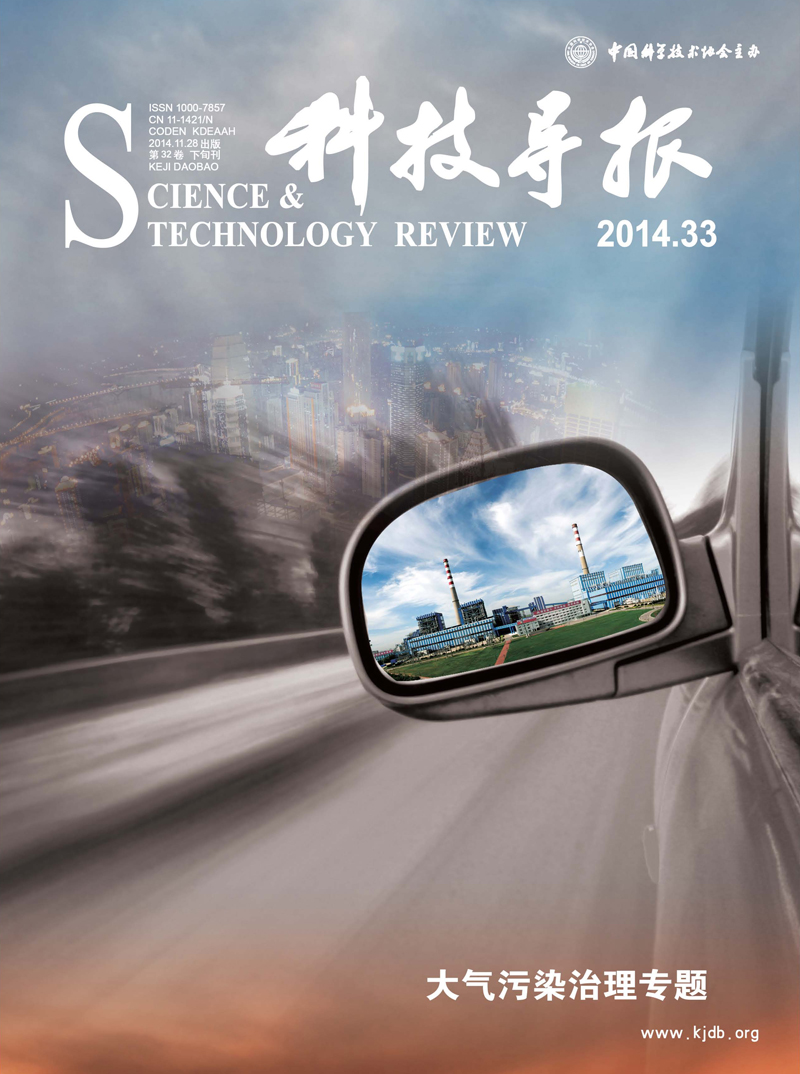PAN Weiping, ZHANG Yongsheng, LI Wenhan, TENG Yang, WANG Jiawei, LIU Zhao, XU Hong
Changing China's energy production and consumption habits has been difficult for a long time, and in a foreseeable future, coal will continue to be the major sector in the production of electricity. Mercury emission during coal combustion is a major anthropogenic source contributing to global mercury emissions. Thus, it is important to monitor and control mercury emissions during coal combustion. In this paper, mercury emission, measurement, and control technologies for coal fired power plants in China are discussed. The development of future mercury monitoring systems and controlling technologies is also addressed. On the aspect of monitoring, it is suggested that high-precision, high-reliability, and low-cost instruments should be developed to meet the need of mercury emission sources in China. On the other hand, the instrument should also be able to handle the high ash and high moisture flue gases typically found in Chinese coal fired power plants.


